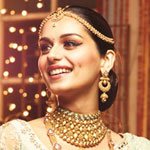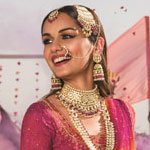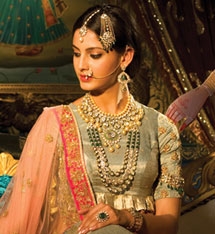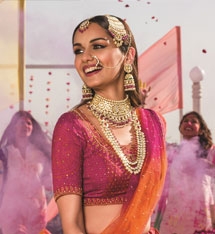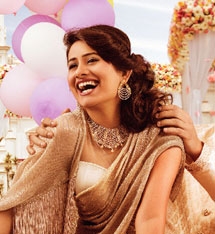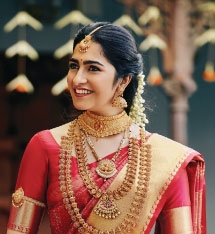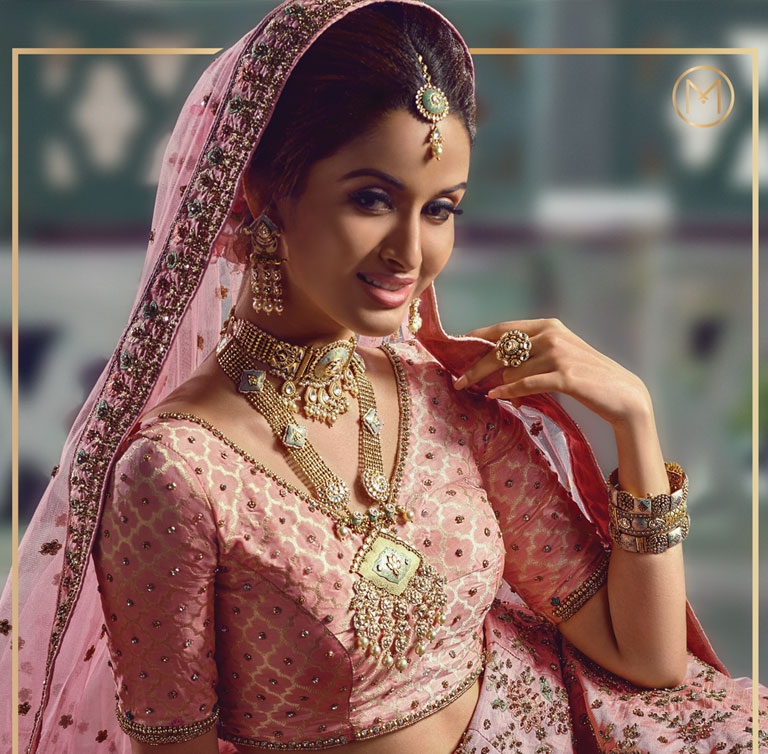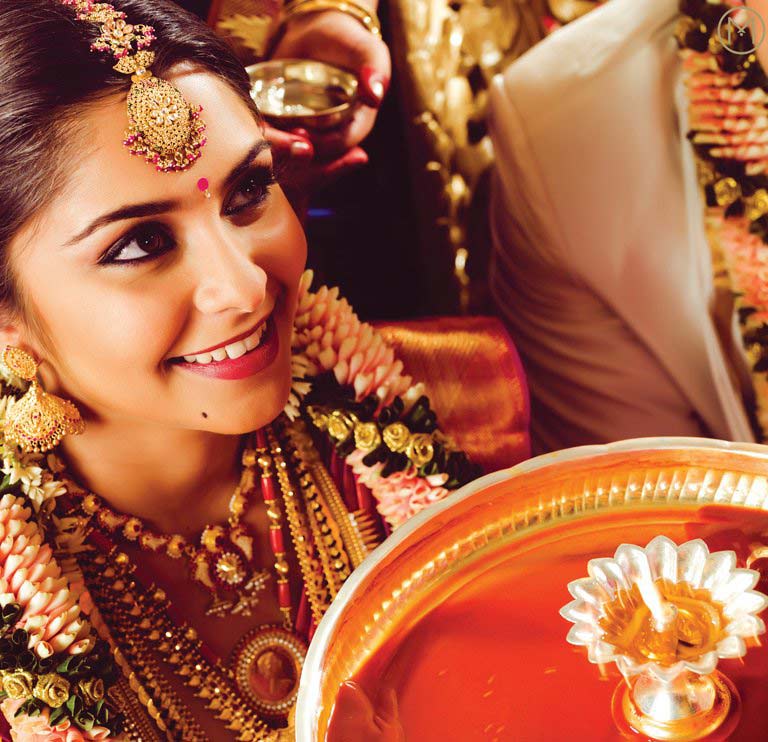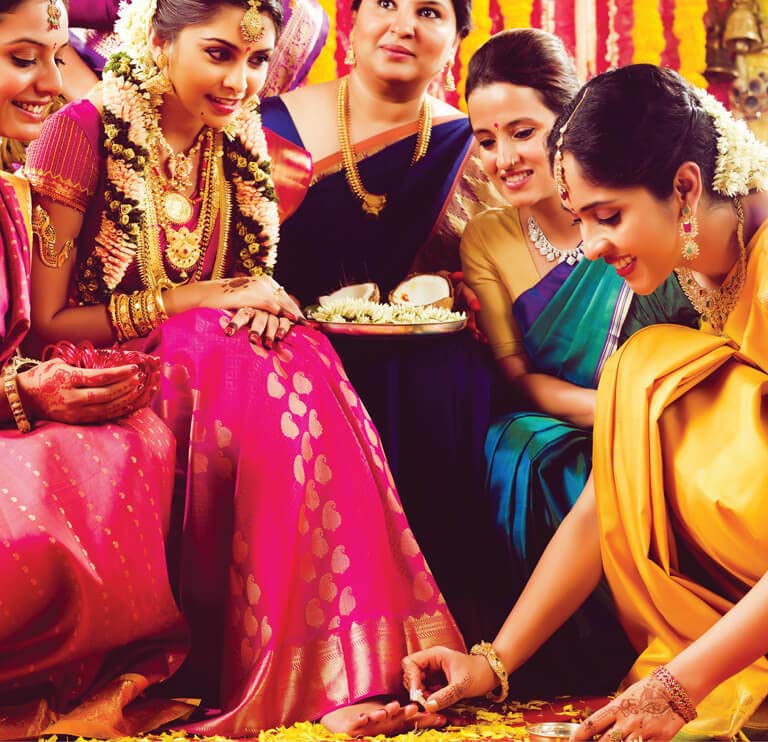-
Home2023 EditionEditionEditionCelebration brideCelebration BrideRoyal bride6Fashion brideFashion Bride
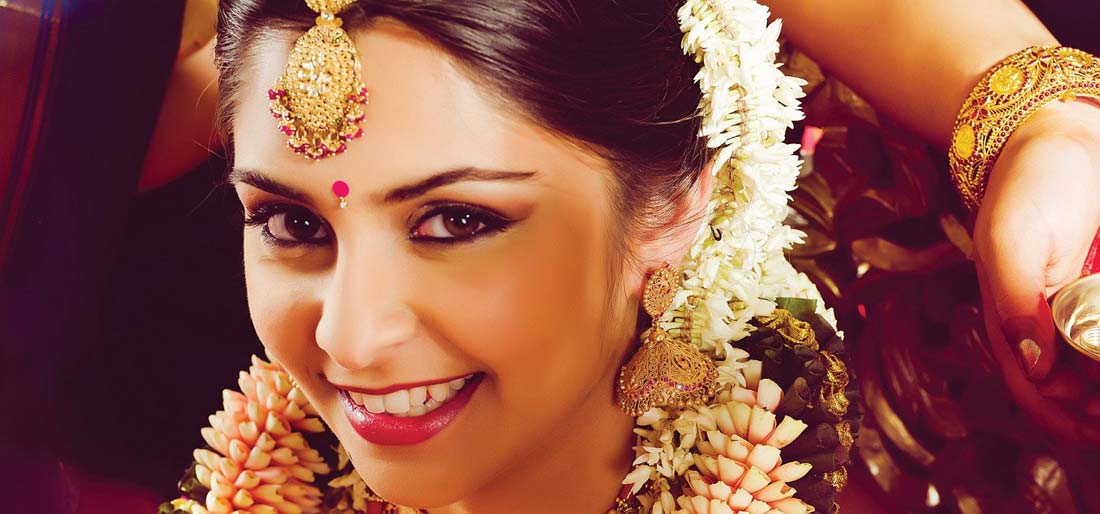
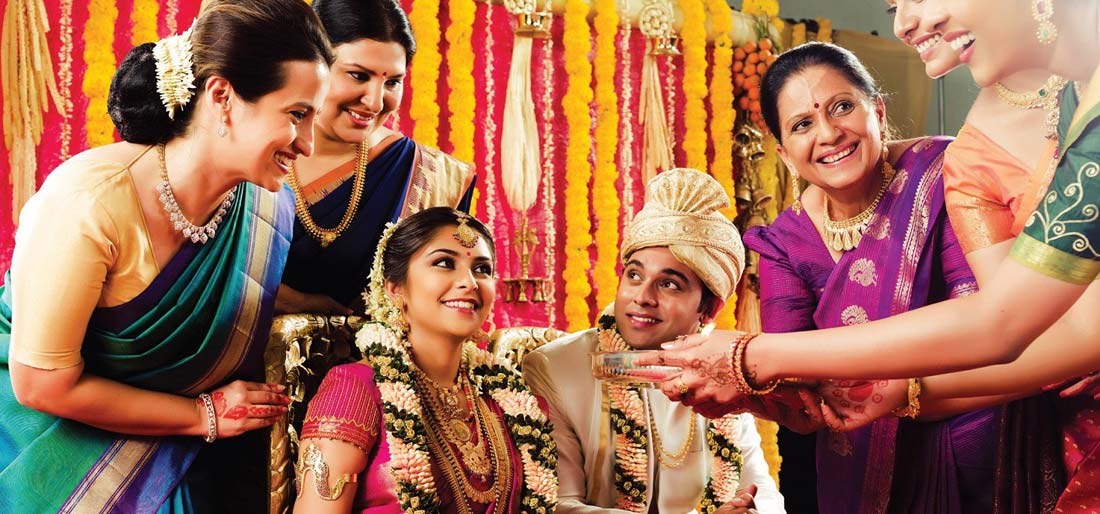
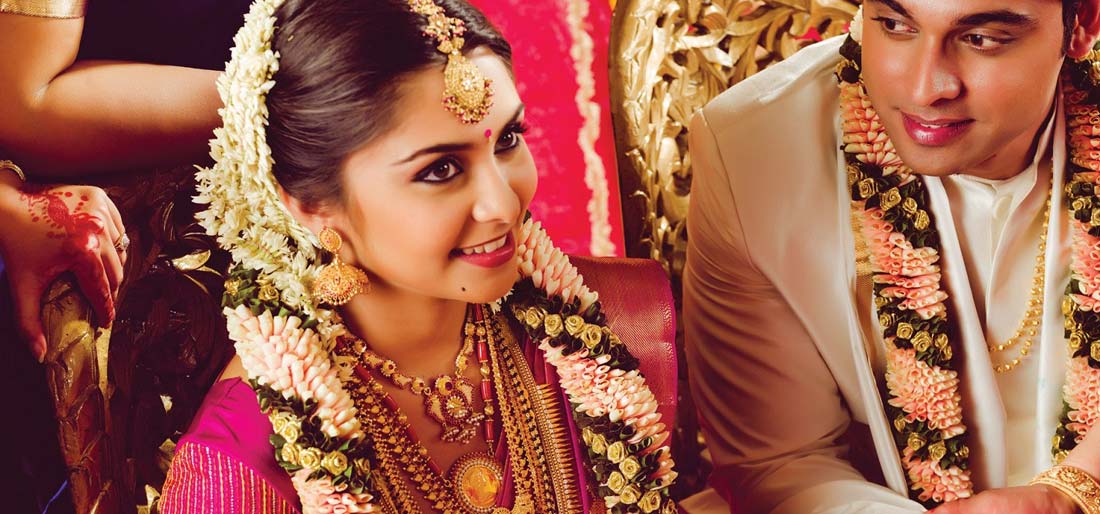
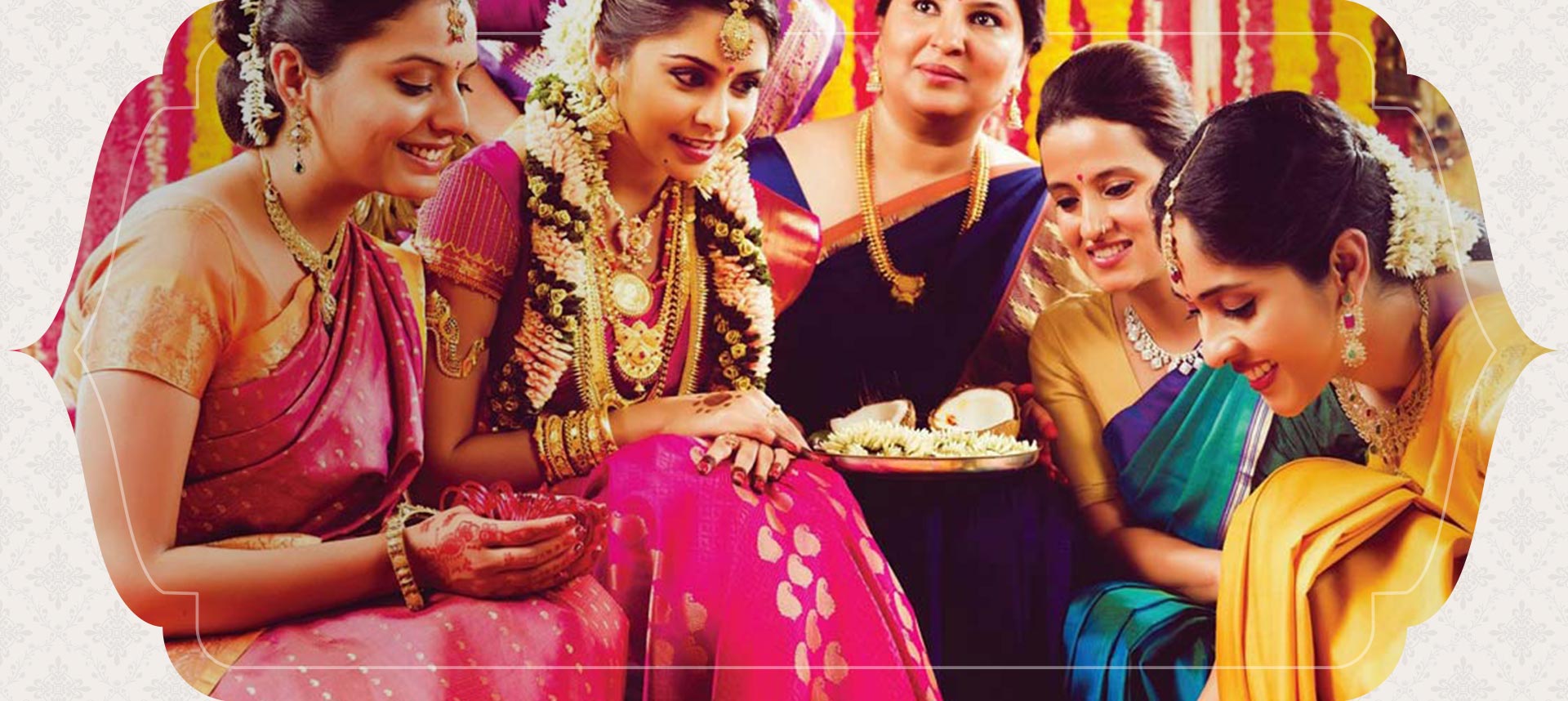
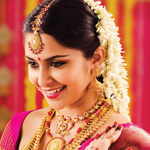
Mangalore Bunt
- HOME
- South Indian Bride
- Mangalore Bunt
BackRituals
Rituals of Mangalore Bunt Wedding
Bunt or Nadavas, is the name given to a forward Hindu community, which originated from the west coast of India and is majorly found in the Uduli and south Kannada districts of Karnataka and Kerela’s Kasargod district of Kerala. Bunts are an ancient community of erstwhile gentry, feudatory and nobility. Bunts are the fierce warriors from Kshatriya descent hailing from Nagavanshi lineage who follow the system of matrilineal system of descent and kinship. In Kannada language, Bunta means a powerful or strong man or soldier. With a deep-rooted traditional culture, the Bunts play an imperative and primary part of the economic and social fronts of this area.
A Bunt wedding is a grand affair and is an attempted union of two different Bunt families. According to traditional Hindu culture, Bunt wedding initiates with the exchange of bride and groom’s horoscopes to check their compatibility as man and wife. Once, all the things are settled, the wedding ceremonies begin. A traditional Bunt wedding is encompassed by the following vital ceremonies:
Madarengee
According to custom, this ceremony is performed individually in the bride and groom’s homes. It is a very simple ritual in which bride’s palms and finger tips are adorned with mehandi dots and the she is blessed by the elder females of the family after they give her a ritual bath with turmeric, oil and coconut milk. This bath is given to brighten her complexion and to make her look astoundingly good on her wedding. After the bath, bride is made to wear a new saree, black bangles and gold jewellery. The bride the moves to puja room and after a brief prayer session, she proceed towards the sacred tulsi plant for praying.
Murthasese
It is an imperative tradition which is held at the bride’s house a day before the wedding. In this ceremony, only the parents of groom and the relatives of the bride are invited. After the Madarengee ceremony, the radiant looking bride comes to pray to the sacred tulsi plant which symbolizes Goddess Laxmi. The bride is then made to sit on a beautifully festooned chair facing east.
For completing the tradition, a silver plate is filled with raw rice mixed thoroughly with kumkum &haldi, and a coconut is placed on them which symbolize the presence of Lord Ganpati. After this, a tall wick lamp is lit which has been adorned with jasmine flowers. Then, all the women present in the ceremony wearing red and green bangles glass bangles come forward near the bride. The eldest married woman, known as sumangali, starts the ceremony by putting a toe ring on the bride’s second toe. After this, the other sumangalis put red and green bangles in the bride’s hands in a sequence and also put jasmine flowers in her hair. The bride is also made to wear one black bangle to remove any drishti or evil eye effect. Since, bride is considered the Laxmi in the house; the ceremony is ended by doing an aarti of the bride.
Aarathi
With Aarathi, the actual wedding ceremonies begin. As the bride enters the wedding hall, half an hour before the dhare, she is welcomed by her sister in law who lets her in after washing the feet of the bride. As the bride comes in, the sumangalis present in the ceremony and the bride’s aunt do the aarti and put haldi & kumkum on her.
The mantap, where the wedding ceremonies would take place is decorated with jasmine flower, mango leaves and aracanut. The bride’s sister-in-law takes her to the mantap and let her seat on the right side. The bride is welcomed in the mantap with trumpet music and same procedure is followed for welcoming the groom also. The brother of the bride washes the groom’s feet andtakes him to mantap making him seat on the left side next to the bride. The groom’s family and mother give haldi-kumkum, poov sere (sari and flowers) and wedding jewellery to the bride.
Dhareyeruna
To begin this ceremony, the bride’s parents fill a brass vessel with water and take it to all the elders hailing from both the families to seek their blessings. Then the ritual known as dhare or kanyadaan begins. “Nanya” an antique gold coin is placed on the palm of the bride underneath which groom places his hands. Bride’s parents start pouring water onto the hands of the couple from the brass vessel that was blessed by all the elders of the family.
After this, groom is required to put “Mangalsutra” to the bride’s neck which has been blessed by five sumangalis. After this, groom adorns the wedding ring on the right ring finger of the bride. Similarly, bride slips a gold ring onto the groom’s finger. Then after, the couple holds the “chambu” (the vessel) and sits down & rises swiftly three times. This ritual is known as “dhareyeruna”.
Homa
In this ritual, a brahmin lights up a scared fire known as homa in the midst of vedic chants. The bride’s brother gives fistful of puffed rice in the hands of the couple, which they offer to the sacred fire each time they take a fera (go around the sacred fire). Everyone present in the ceremony takes the raw rice mixed with kumkum & haldi and gives their blessings to the couple. The sumangalies perform the aarti and put kumkum-haldi on the couple. All the elders then bless the couple as the wedding ceremonies get over.Useful Links Scheme Payment(India only)
Make an Appointment Build your Custom Jewellery Smart Buy Offers New Arrivals Exclusive CollectionCustomer ServiceMalabar Gold & Diamonds
402, Valecha Chambers, Plot No. B-6,
New Link Road, Opp. Infinity Mall,
Andheri (W) ,
Mumbai - 400053. +91 22 62300916 care.in@malabargoldanddiamonds.com
